Of all the suburbs in Britain none has become quite so politicised as North London. This slightly leafy (and lefty) swathe in and around Islington – with Hampstead Heath marking its northern edge and Regent’s Park its southern boundary – is treated by our recent political leaders as a kind of shorthand for, to borrow a phrase from Suella Braverman, the ‘tofu-eating wokerati’.
Liz Truss took a dig at her privileged metropolitan enemies who ‘taxi from North London townhouses to the BBC studio’ to criticise her, ignoring the fact that Islington is not all Upper Street boutiques and multi-million pound homes. Islington is one of London’s most deprived boroughs, and more than a third of children in Camden live in low-income families.
Truss followed the party line set by Boris Johnson, who savaged the ‘trendy Islington lawyers’ leading the Labour party – conveniently forgetting that he once lived in the borough with his ex-wife Marina Wheeler, a King’s Counsel. Even Private Eye’s longest running cartoon is devoted to the grimness of life up North (London) – from its 100-pound shops to the need to decommission one’s home clay tandoor oven to tackle the cost-of-living crisis.
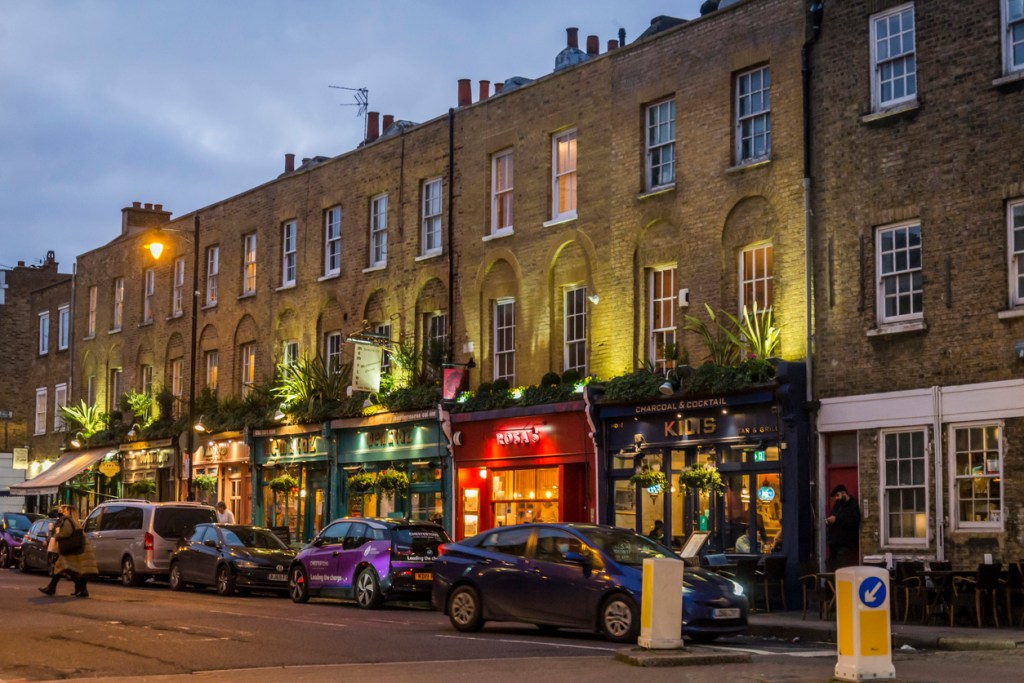
And yet for all the vilification and mockery, when it comes to property it is the owners of those North London townhouses who are laughing last. Camden has seen the strongest asking price growth of any borough in the capital over the past year, with prices up almost 13 per cent to an average of £1.073 million, according to new data from Rightmove. Islington has seen prices jump 8.5 per cent in the same period, to an average £797,000. London-wide asking prices grew 5.3 per cent. Research from estate agents Hamptons, meanwhile, shows that prices in Camden have leapt by 200 per cent in the past two decades, while prices in Islington are up 189 per cent.
For Dan Fox, a director of Savills in Islington, it is the patchwork flavour of North London’s micromarkets which sets it apart from the monotonous, affluent A3 corridor of South-West London. Think the peaceful villagey vibe of Belsize Park, the hip young family paradise of Stoke Newington, the elegance of Canonbury, the edginess of Dalston and the frenetic fun of Camden Town.
‘There are all these pockets, with real diversity between them,’ he said. ‘Other parts of London are a bit samey. Yes, it has lovely parts, but there is also a bit of grit about it. I think that around 60 per cent of the homes in Islington are local authority or ex-local authority.’
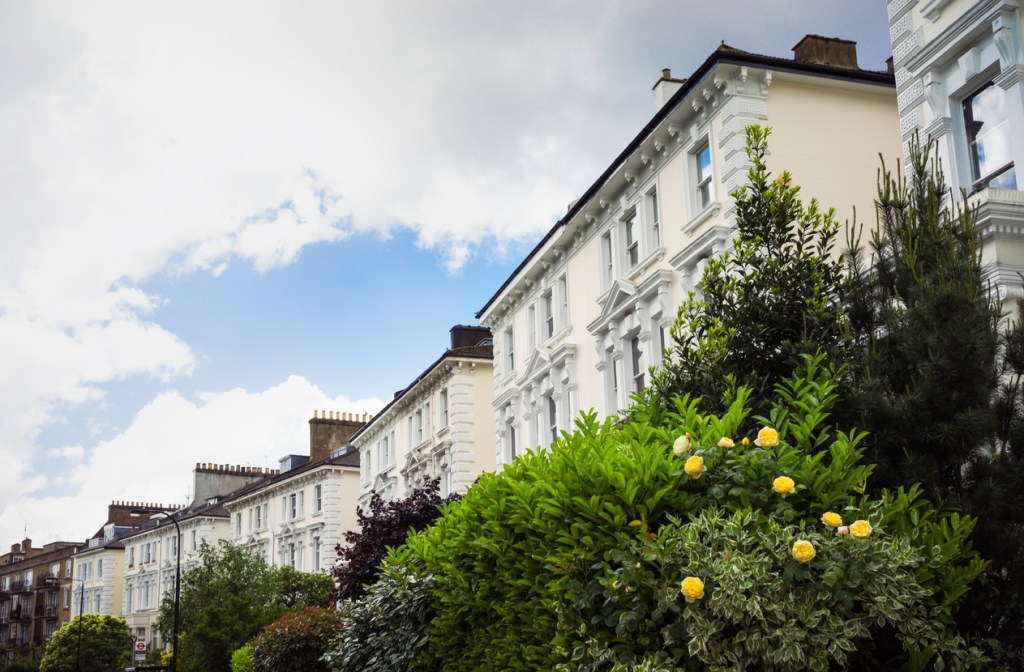
Buying agent Giles Elliott, a partner at The Buying Solution, agrees that North London’s appeal is partly its lashings of character; one-time country villages such as Highgate have managed to retain their individuality against the onslaught of chain stores and restaurants. It is also – obviously – leafy, and its landscape of valleys and hills adds an extra layer of personality.
In his experience young professionals head to Islington and Highbury for their starter flats, partly because it is close to the City. Many subsequently migrate towards Camden for its schools, joining dyed-in-the-wool locals. ‘There is a lot of old money in Hampstead and Highgate,’ he said.
Young celebrities also adore North London, lending it their considerable brand power. Harry Styles owns a compound of three houses in the same Hampstead street; actress Phoebe Dynevor, of Bridgerton fame, lives nearby. Normal People star Daisy Edgar-Jones is Islington born and bred, while model Georgia May Jagger exchanged the Jagger-Hall family’s palatial Richmond mansion, Downe House, for a home in Primrose Hill. Daisy Ridley, star of Star Wars prequel The Force Awakens, is renovating a Grade II-listed townhouse in Camden Town.
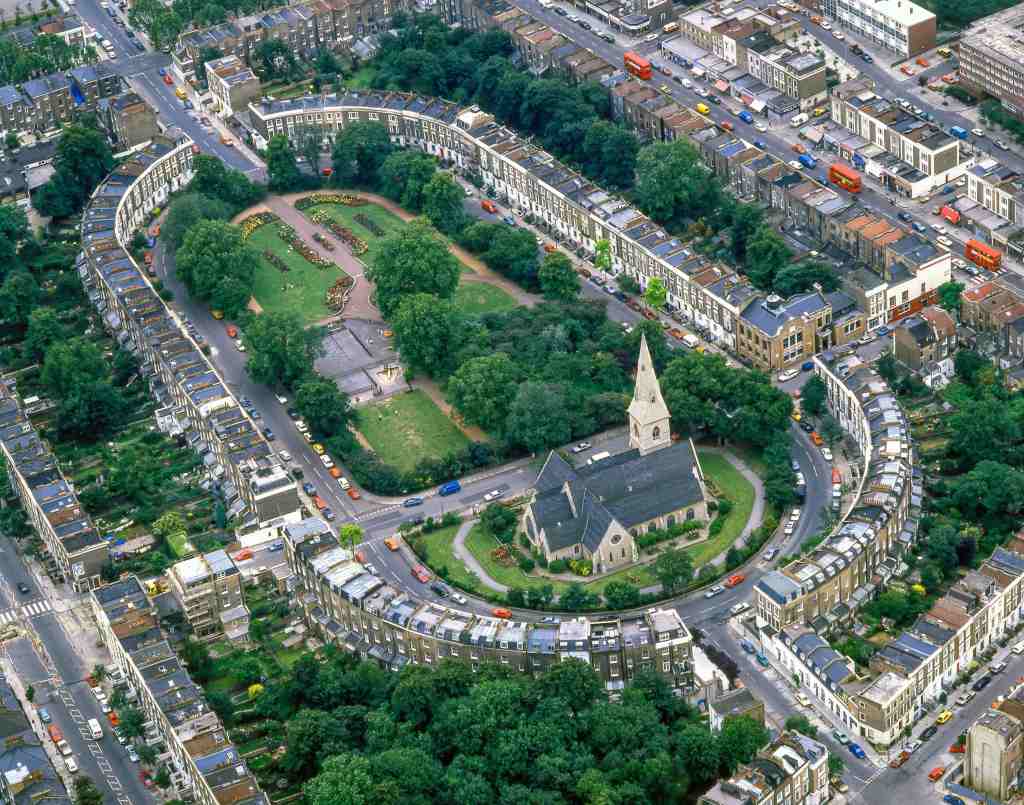
Fox thinks the Islington markets that will shine over the next difficult couple of years include Barnsbury, with its elegant squares and townhouses. ‘It is quite expensive, and so it will be less influenced by the cost of debt,’ he said.
The sought-after streets around Highbury Fields are also performing well, for similar reasons, while Newington Green, once a poor relation because of its lack of a Tube station, is starting to gain traction in the era of working from home thanks to its relatively affordable period housing stock and increasingly impressive array of independent cafes and restaurants.
It is lower down the market that Fox sees vulnerability – particularly small purpose-built flats in slightly dated buildings. ‘There are still first-time buyers, but the investor market has not really kicked in since the pandemic,’ he said. ‘They don’t need to buy so they are all now waiting to see if prices will fall.’
Elliott agrees that Camden’s urban villages, propped up by a disproportionate number of cash buyers, will sail through the coming years of austerity. ‘In the Islington borough where so many people work in finance I think there will be a greater sensitivity to changes in the market, because they are in the business,’ he said.
‘There was also such a rush to buy big properties in Islington earlier this year, with houses going to best bids and lots of froth. Now that has gone away, and what goes up must come down.’

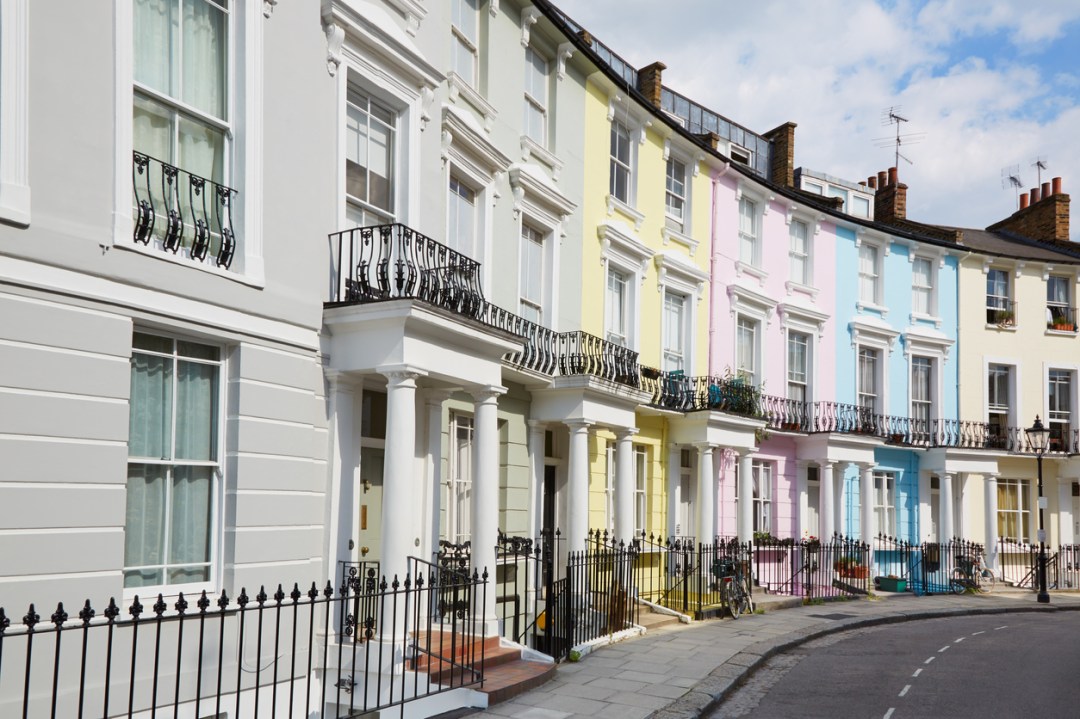
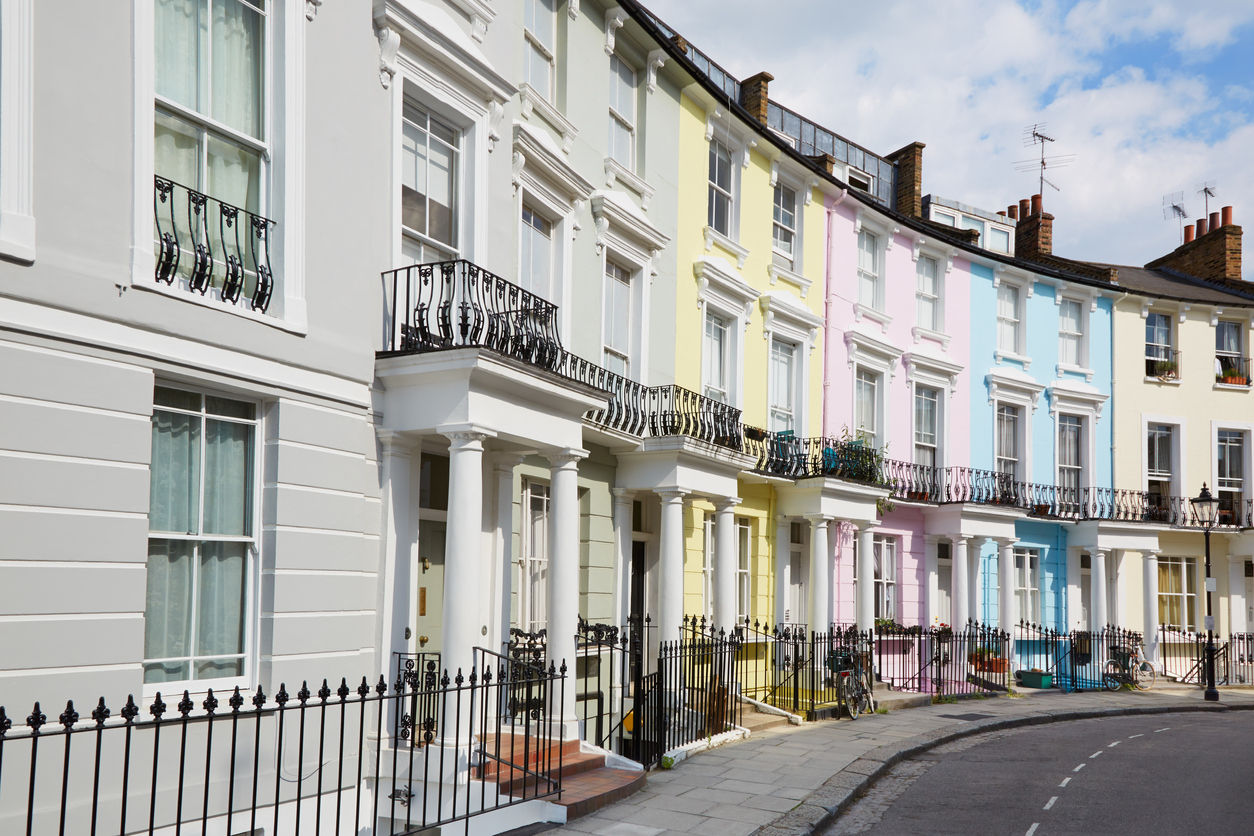




Comments